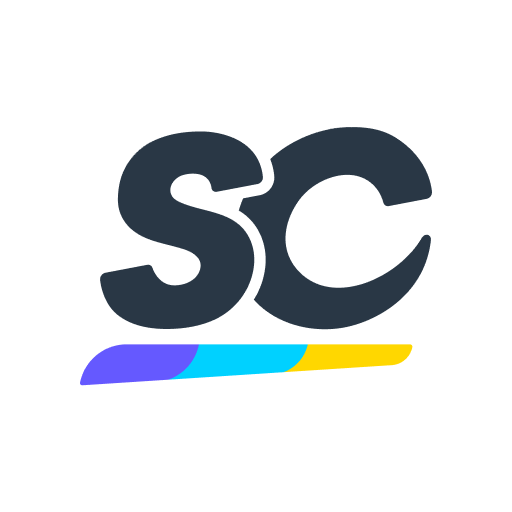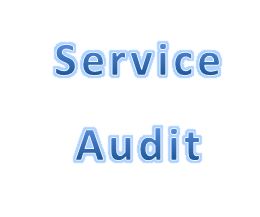Title Page
-
Inspector
-
Conducted on
-
Location
General Facility
AISLES/EXITS/EGRESS
-
Is emergency lighting operating? (Test by using test button if you can do so from the ground or floor.)
-
Can you see marked exits or exit signs from the walkway in your area?
-
Are walkways and doorways kept clear; and free of obstructions with trip hazards minimized to permit visibility and movement?
-
Are doors not used for egress (closets, offices, etc) that could incorrectly be thought to be an exit labeled “NOT AN EXIT?”
-
Are floor surfaces clean, dry, level, not slippery or sticky and in good condition?
EMERGENCY, HEALTH, AND SAFETY INFORMATION
-
Are area hazard sign visible, legible, understandable and in compliance with regulations?
-
Are procedures established for alerting employees of an emergency in the workplace (i.e., fire and shelter)?
-
Are fire alarm pull station locations marked and unobstructed?
-
Are sign for emergency numbers, routes, and evacuation plans posted?
-
Do employees know who their Fire Wardens and WHS Coordinators are?
-
Does the Fire Wardens have their numbers readily available, functional?
-
Is a copy of the Emergency Action Plan (EAP) for the area available for employees to read?
-
Are employees trained on emergency procedures (primary and secondary routes)? Do they know where to go?
-
Does the EAP include a way to alert employees, including disabled workers, to<br>evacuate or take other action and include instructions on how to report<br>emergencies?
FIRE EMERGENCY
-
Are fire extinguishers fully charged and have current inspection dates? All previous months should be signed off
-
Are fire extinguishers and hoses, mounted, visible, and accessible?
-
Do employees know where the fire extinguishers are and how to use them?
-
Do fire doors and shutters appear to be in good operating condition?
FIRE PREVENTION
-
Are “NO SMOKING” areas enforced?
-
Are electrical outlets or cords not overloaded? Only allowable number of connections (i.e., a 4-way outlet only has 4 pieces of equipment connected and not loaded with additional extension cords). NOTE: Isolated power not included
-
Are fire sprinkler heads unobstructed and free of dirt and corrosion?
STRUCTURES
-
Ceiling tiles are not damaged, loose, or missing?
-
All overhead hazards have been identified?
ENVIRONMENTAL
HAZARDOUS/NON-HAZARDOUS WASTE COMPLIANCE
-
Are hazardous waste containers properly identified and labeled with the words, “HAZARDOUS WASTE?”
-
Are used oil collection containers properly identified and clearly labeled with the words, “USED OIL?”
-
Are controlled and non-hazardous wastes being collected and managed properly
-
Are containers properly identified and clearly labeled with contents?
-
Are used oil waste containers closed while not in use?
-
Are trash cans free of hazardous waste?
-
Are trash cans free of scrap metal?
-
Are employees familiar with the waste materials generated in the work area and the proper disposal method(s)?
-
Are proper absorbent materials on hand for spills?
-
Is waste removed in a timely manner?
SAFETY
EMPLOYEE WORK PRACTICES
-
Is Job Safety Analysis (JSA) information available for employee reference for<br>infrequently performed tasks and high value or high-risk tasks?
ELECTRICAL EQUIPMENT MARKINGS
-
Do circuit breakers clearly indicate whether they are in the “ON” or “OFF” position and are switch panels clearly marked?
-
ELECTRICL GROUNDING
-
Are electrical appliances, portable electrical tools, and fixed electrical equipment grounded or UL rated/double insulated and in good repair?
-
Do extension cords being used have a grounding conductor and are in good repair?
ERGONOMICS
-
Employees are advised on the proper lifting techniques
-
Are mechanical lifting aids available for heavy or awkward items?
EYEWASH STATION
-
Eyewash station is clean and tested
-
Eyewash station is located in a way that assures free and unimpeded access
HAZARD COMMUNICATION – CHEMICAL SAFETY
-
Do employees know what an MSDS (Material Safety Data Sheet) is, where to find them, and how to use them?
-
Is each container of hazardous chemicals in the work area properly labeled by<br>identifying the chemical it contains and marked with health hazards?
-
Are all chemicals that are used in the facility listed in the MSDS book and available?
-
Is food separated and away from chemicals in the work area?
PPE: FALL PROTECTION
-
Is fall protection PPE stored properly, kept clean, and out of direct sunlight?
-
Is fall protection PPE inspected and certified annually?
WALKING SURFACES/STAIRS
-
Are all floor tracks covered or covered as much as possible when in use?
-
Is the angle of fixed stairs within 30 to 50 degrees?
-
Are non-slip surfaces in good condition on steps and platforms?
-
Are stairwells clear and handrails in good condition?
-
Are mobile work platforms available and used?
(Laboratory)
-
UNSATISFACTORY EHS CONDITIONS FOR:
Representatives
-
Month/Year: EHS Representative:
-
Lab Manager: PI/Safety Designate:











